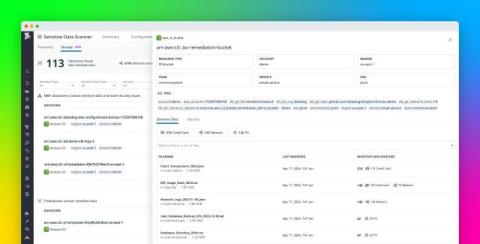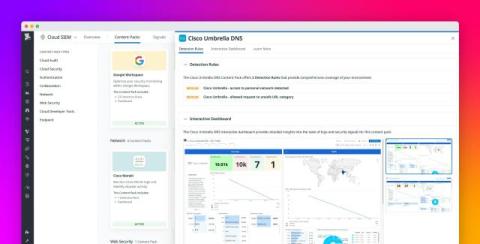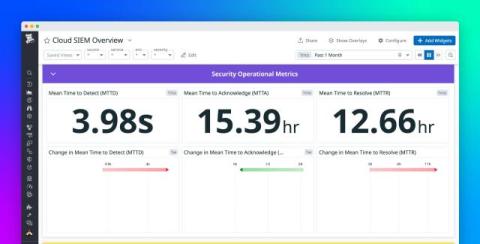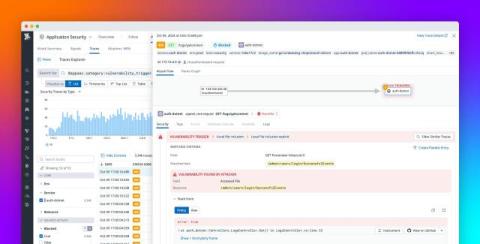How attackers take advantage of Microsoft 365 services
According to our most recent cloud security report, most cloud security incidents are the result of compromised credentials for either human or non-human identities. Once an attacker successfully controls an identity, such as a highly privileged user account, they can quickly move to other areas of an environment, including prevalent targets like sensitive data stores. This pattern of behavior is similar across all cloud platforms and services.








